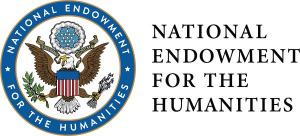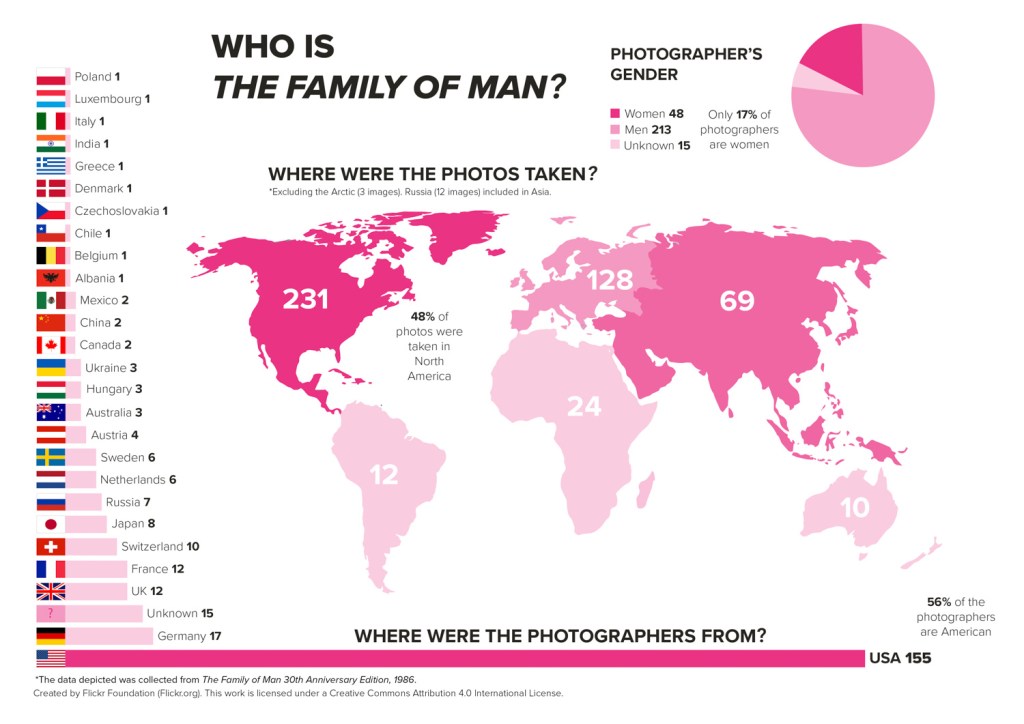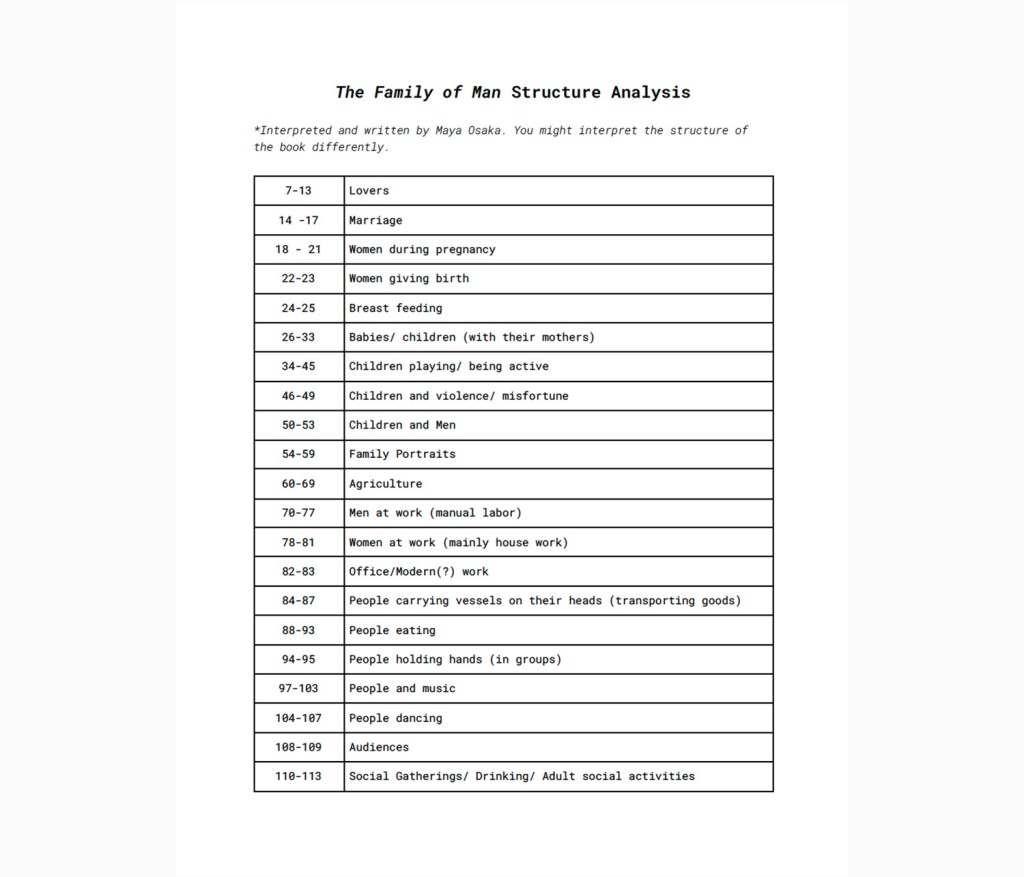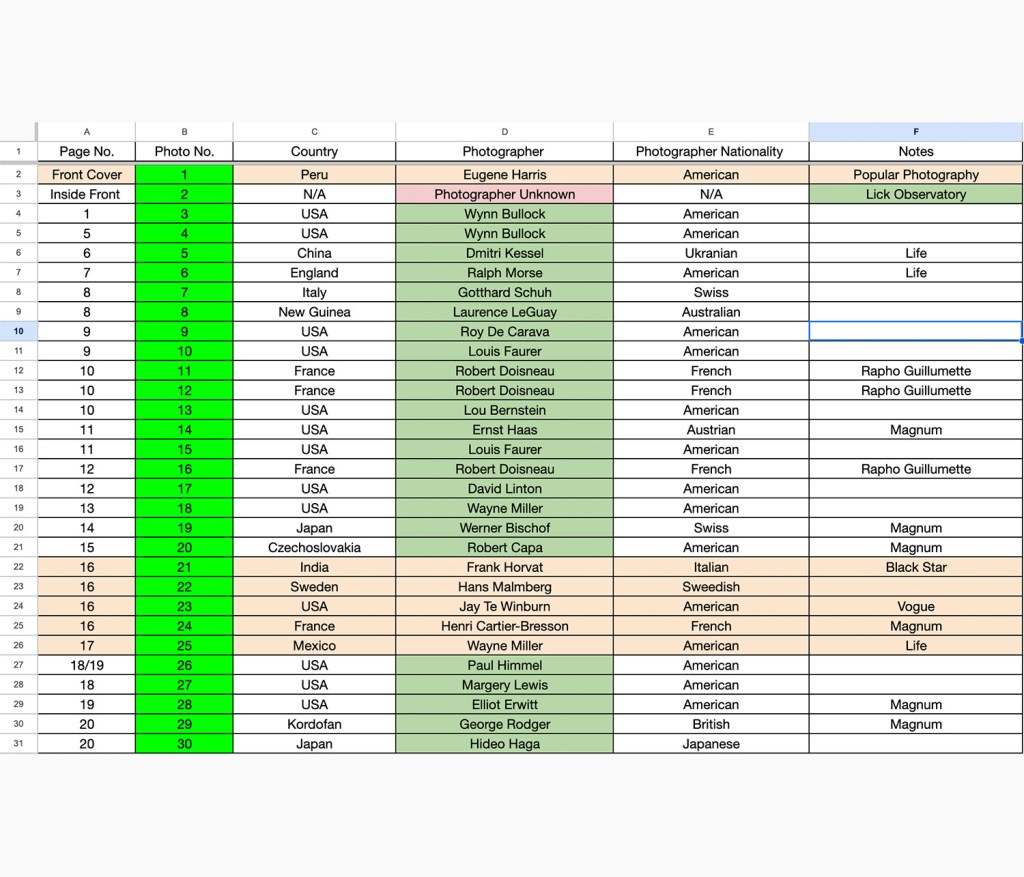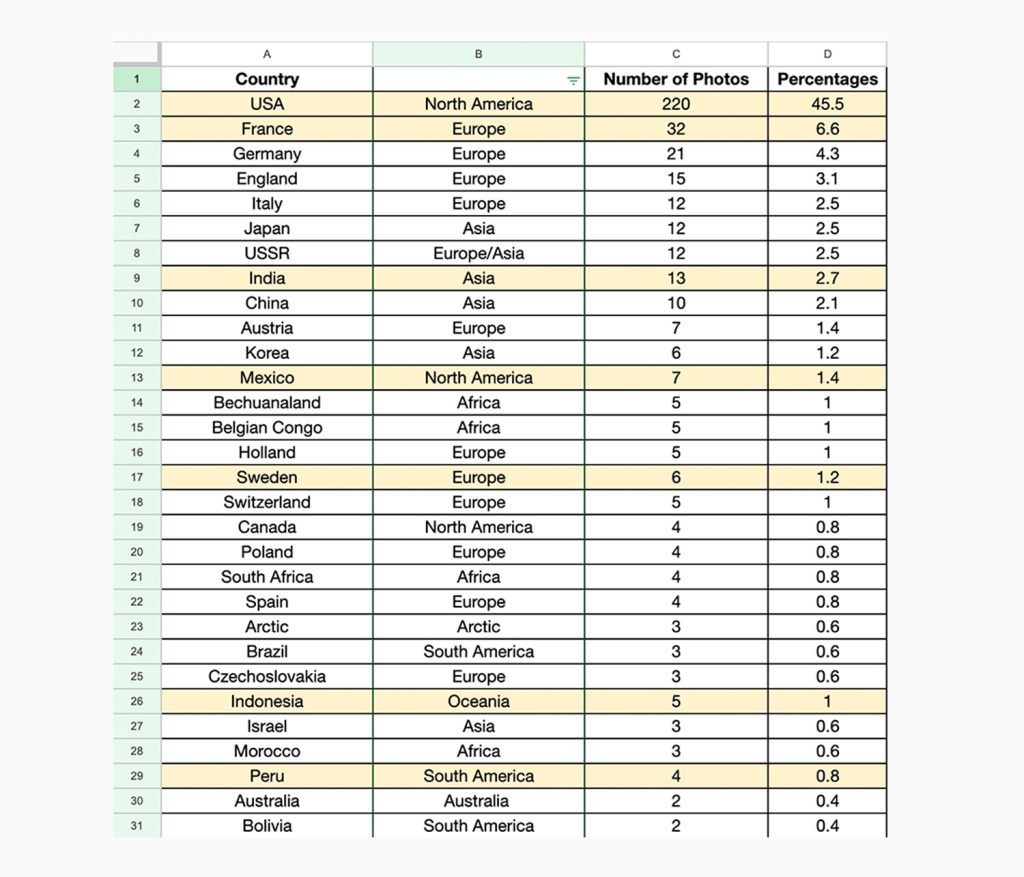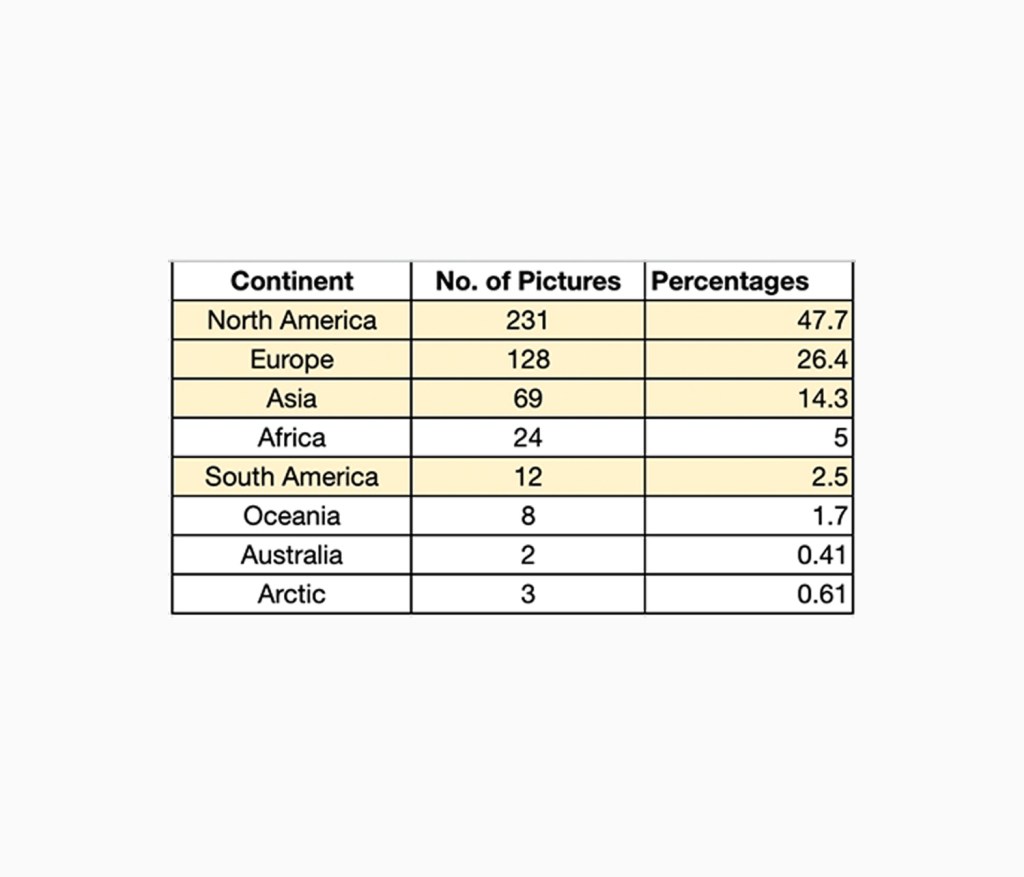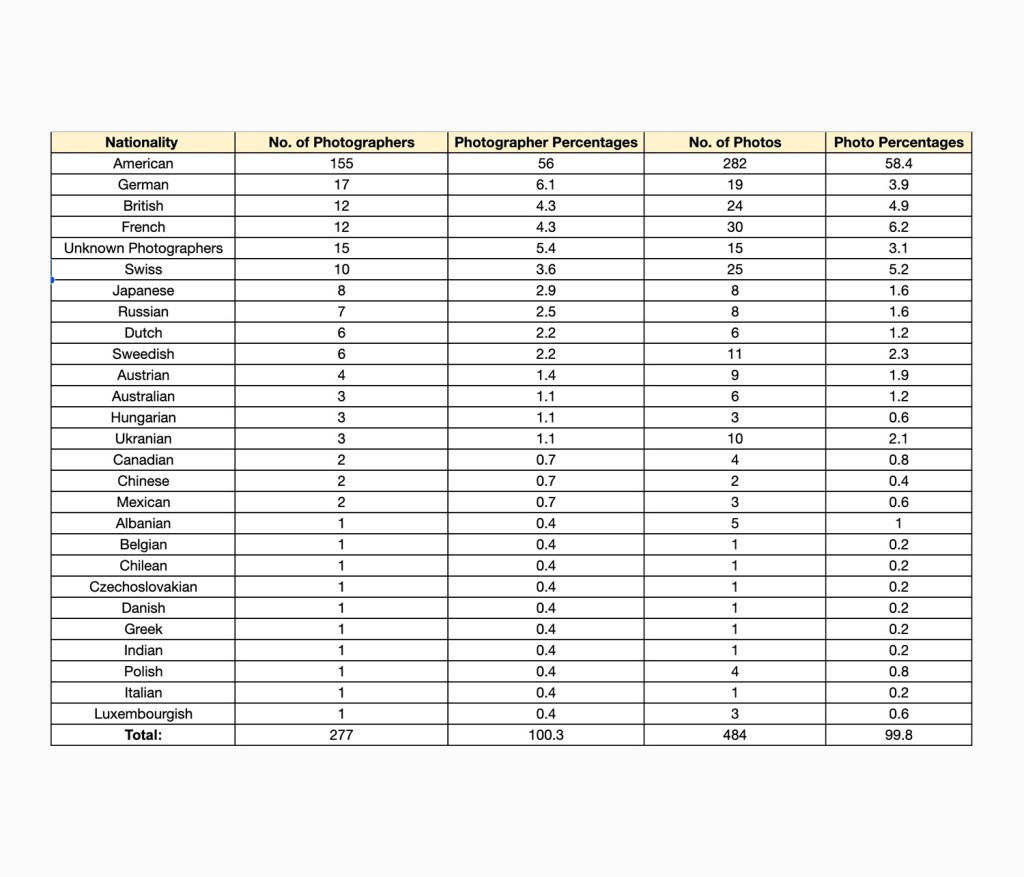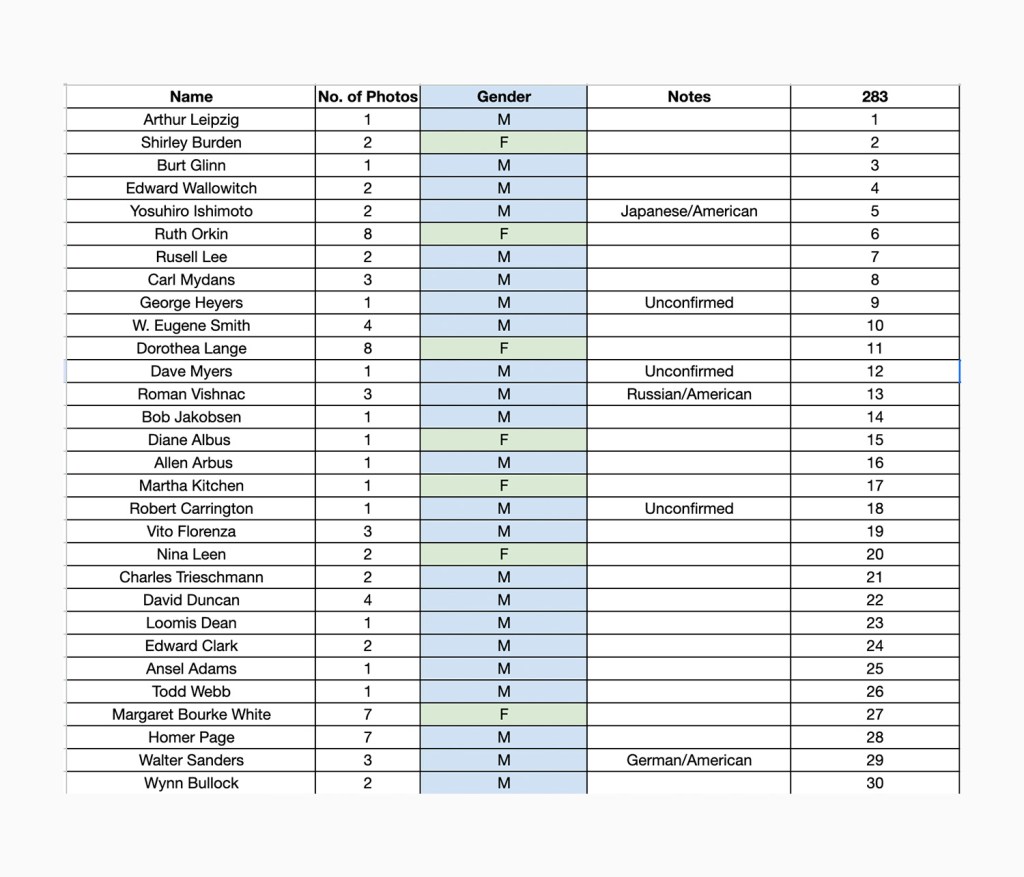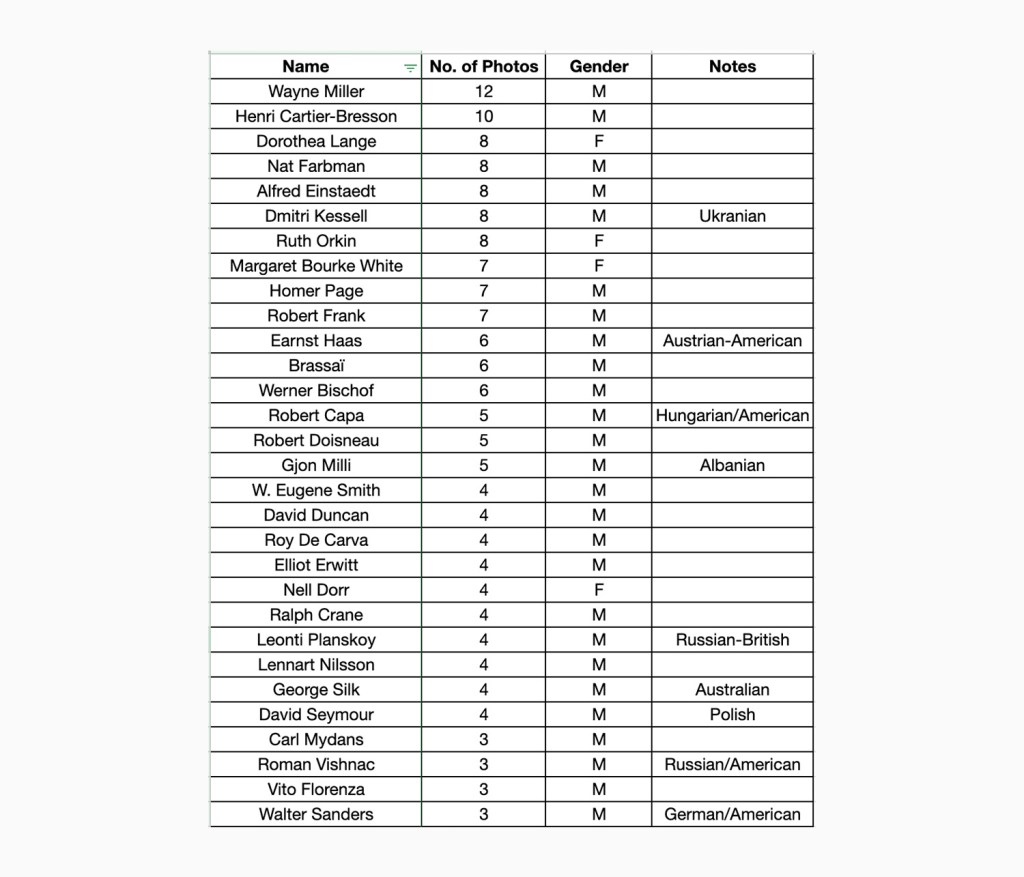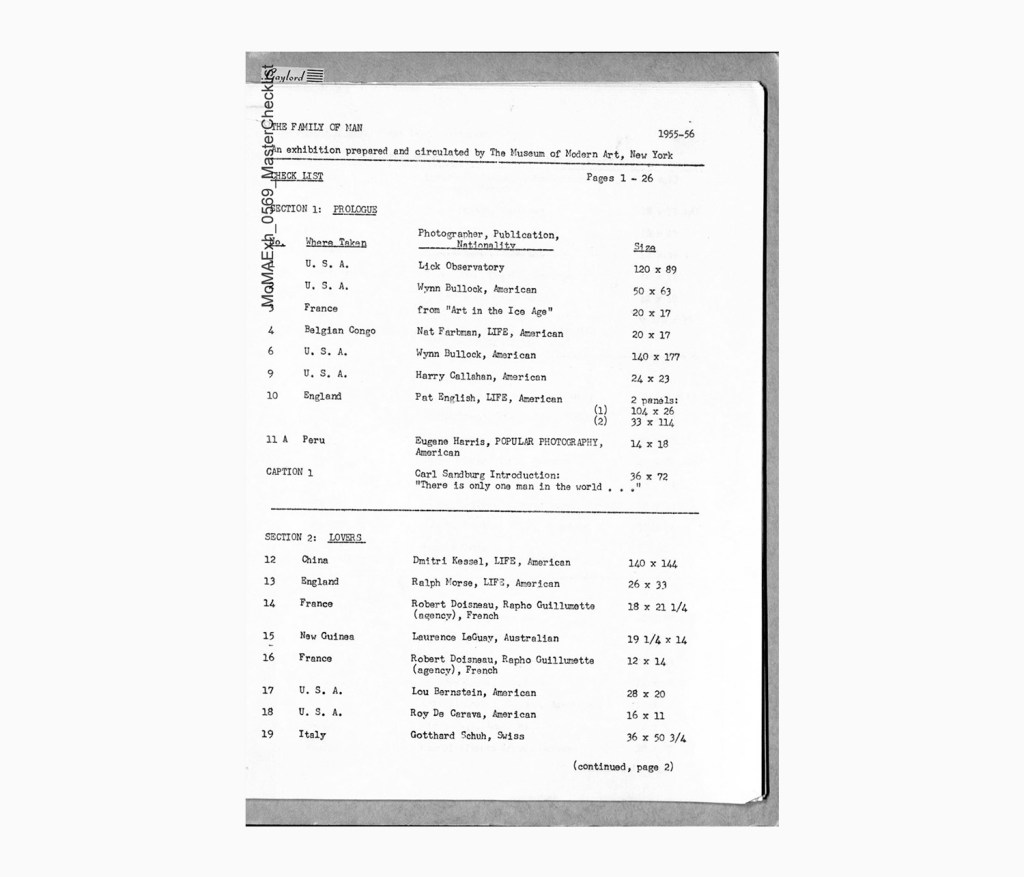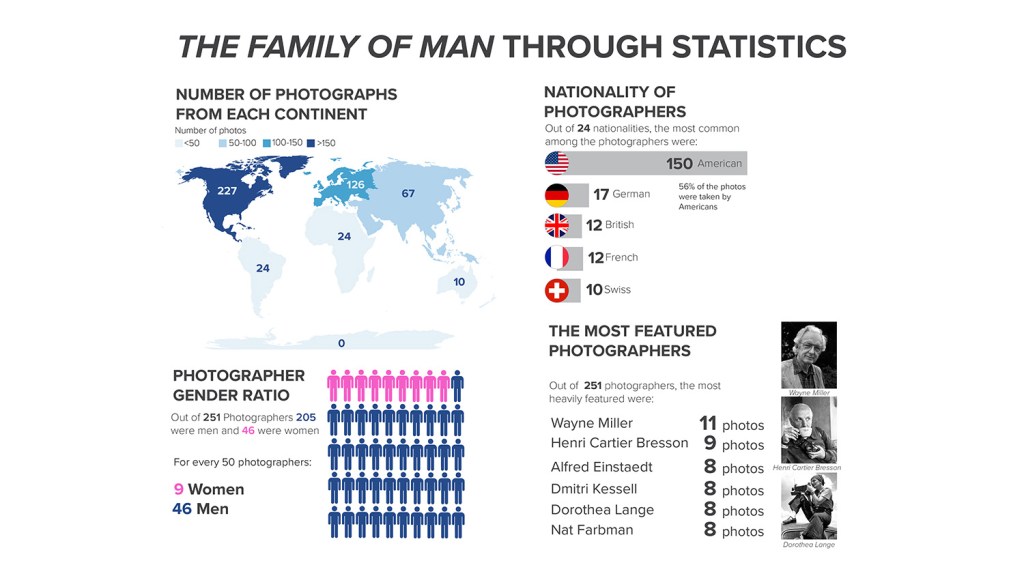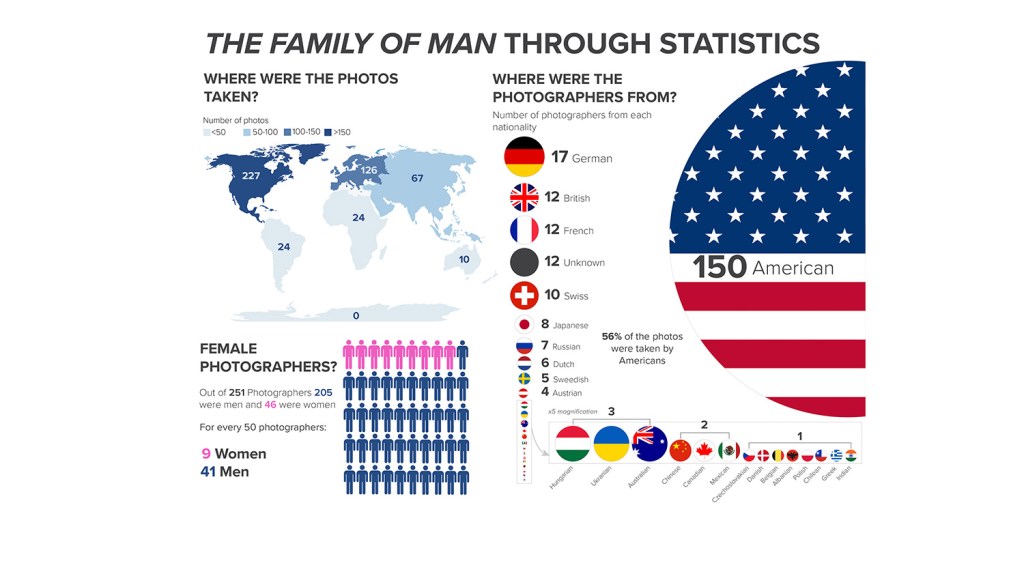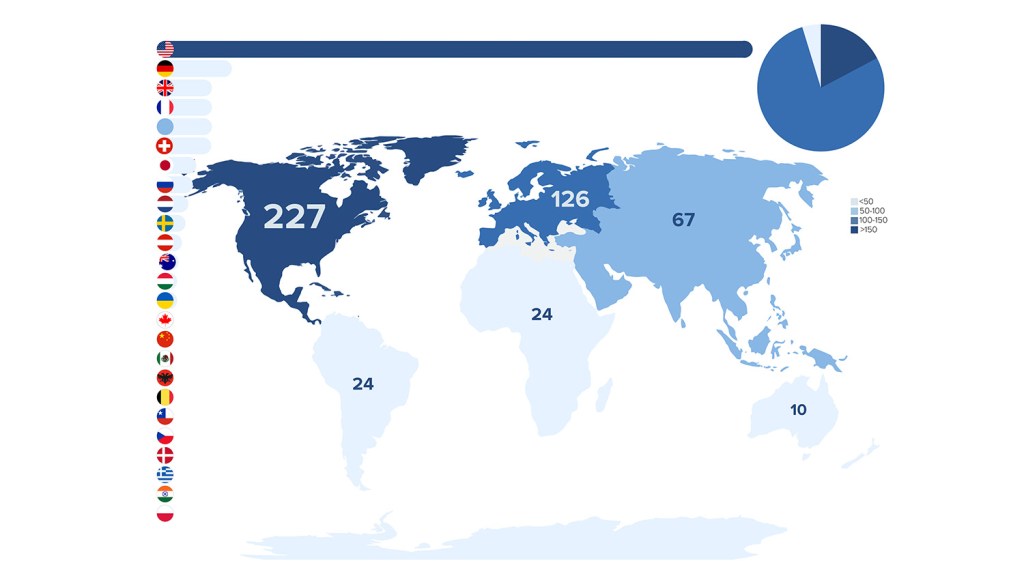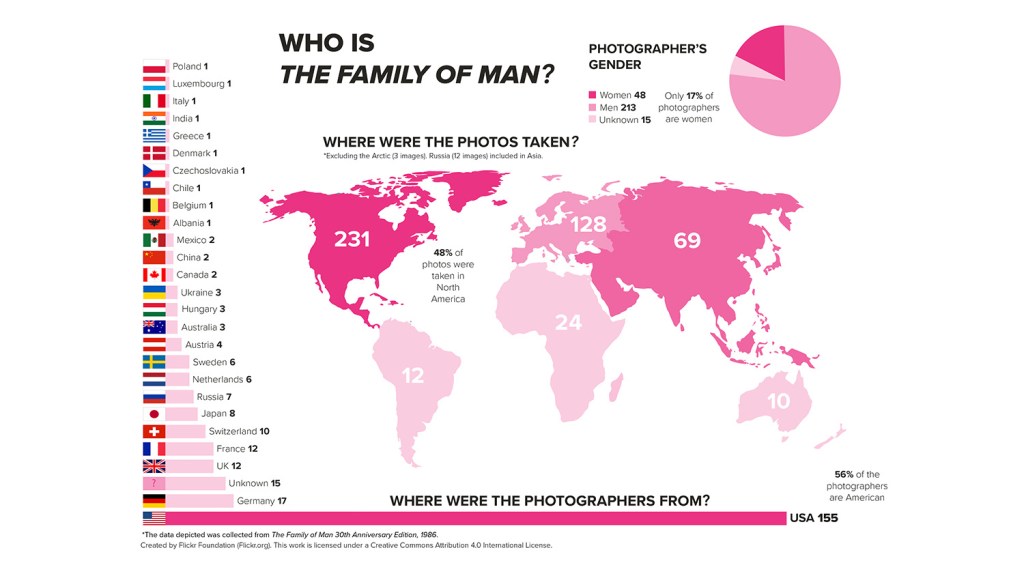Data Lifeboat Update 2: More questions than answers
By Ewa SpohnThanks to the Digital Humanities Advancement Grant we were awarded by the National Endowment for the Humanities, our Data Lifeboat project (which is part of the Content Mobility Program) is now well and truly underway. The Data Lifeboat is our response to the challenge of archiving the 50 billion or so images currently on Flickr, should the service go down. It’s simply too big to archive as a whole, and we think that these shared histories should be available for the long term, so we’re exploring a decentralized approach. Find out more about the context for this work in our first blog post.
So, after our kick-off last month, we were left with a long list of open questions. That list became longer thanks to our first all-hands meeting that took place shortly afterwards! It grew again once we had met with the project user group – staff from the British Library, San Diego Air & Space Museum, and Congregation of Sisters of St Joseph – a small group representing the diversity of Flickr Commons members. Rather than being overwhelmed, we were buoyed by the obvious enthusiasm and encouragement across the group, all of whom agreed that this is very much an idea worth pursuing.
As Mia Ridge from the British Library put it; “we need ephemeral collections to tell the story of now and give people who don’t currently think they have a role in preservation a different way of thinking about it”. And from Mary Grace of the Congregation of Sisters of St. Joseph in Canada, “we [the smaller institutions] don’t want to be the 3rd class passengers who drown first”.
Software sketching
We’ve begun working on the software approach to create a Data Lifeboat, focussing on the data model and assessing existing protocols we may use to help package it. Alex and George started creating some small prototypes to test how we should include metadata, and have begun exploring what “social metadata” could be like – that’s the kind of metadata that can only be created on Flickr, and is therefore a required element in any Data Lifeboat (as you’ll see from the diagram below, it’s complex).

Feb 2024: An early sketch of a Data Lifeboat’s metadata graph structure.
Thanks to our first set of tools, Flinumeratr and Flickypedia, we have robust, reusable code for getting photos and metadata from Flickr. We’ve done some experiments with JSON, XML, and METS as possible ways to store the metadata, and started to imagine what a small viewer that would be included in each Data Lifeboat might be like.
Complexity of long-term licensing
Alongside the technical development we have started developing our understanding of the legal issues that a Data Lifeboat is going to have to navigate to avoid unintended consequences of long-term preservation colliding with licenses set in the present. We discussed how we could build care and informed participation into the infrastructure, and what the pitfalls might be. There are fiddly questions around creating a Data Lifeboat containing photos from other Flickr members.
- As the image creator, would you need to be notified if one of your images has been added to a Data Lifeboat?
- Conversely, how would you go about removing an image from a Data Lifeboat?
- What happens if there’s a copyright dispute regarding images in a Data Lifeboat that is docked somewhere else?
We discussed which aspects of other legal and licensing models might apply to Data Lifeboats, given the need to maintain stewardship and access over the long term (100 years at least!), as well as the need for the software to remain usable over this kind of time horizon. This isn’t something that the world of software has ready answers for.
- Could Flickr.org offer this kind of service?
- How would we notify future users of the conditions of the license, let alone monitor the decay of licenses in existing Data Lifeboats over this kind of timescale?
So many standards to choose from
We had planned to do a deep dive into the various digital asset management systems used by cultural institutions, but this turned out to be a trickier subject than we thought as there are simply too many approaches, tools, and cobbled-together hacks being used in cultural institutions. Everyone seems to be struggling with this, so it’s not clear (yet) how best to approach this. If you have any ideas, let us know!
This work is supported by the National Endowment for the Humanities.


